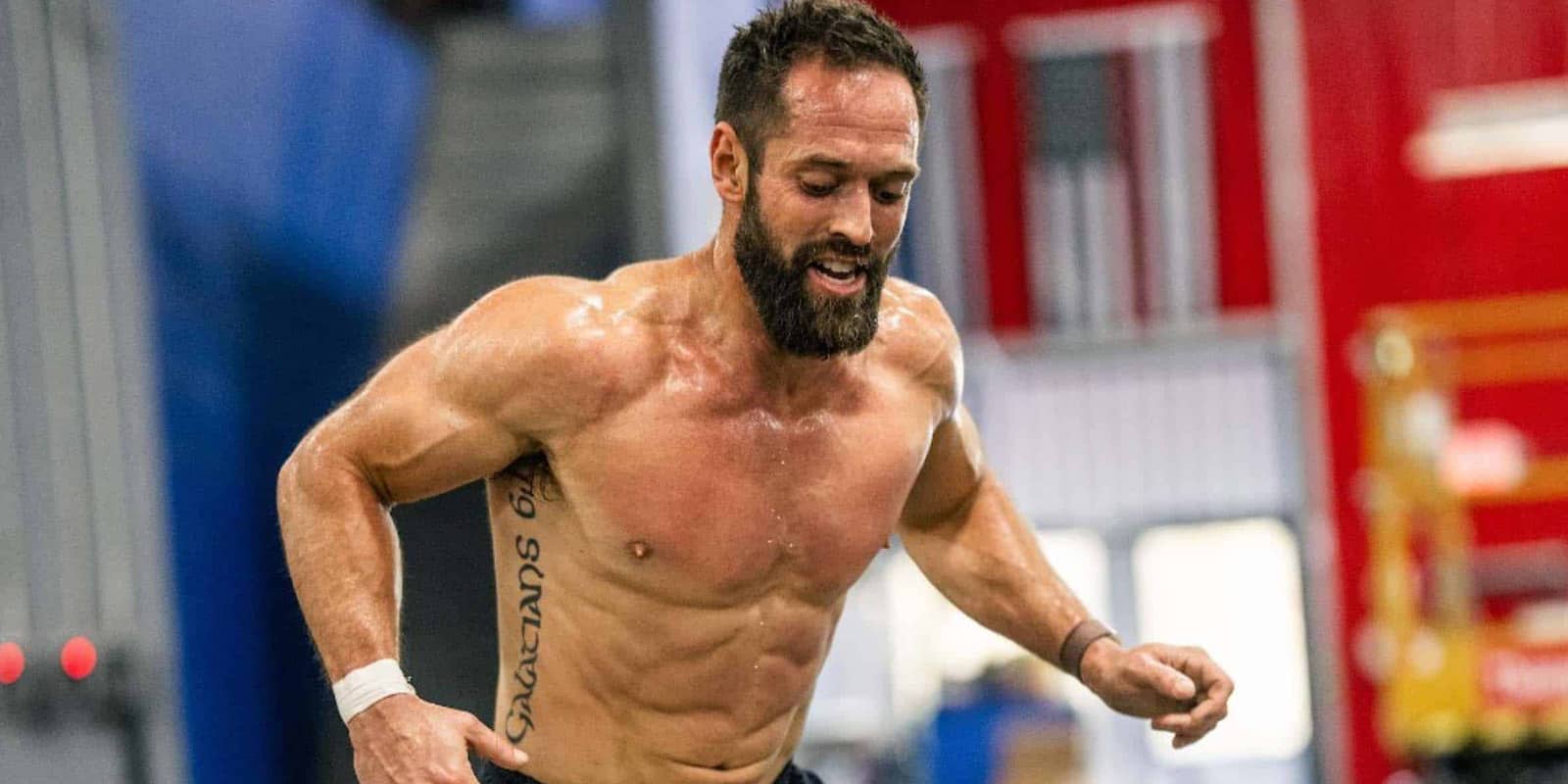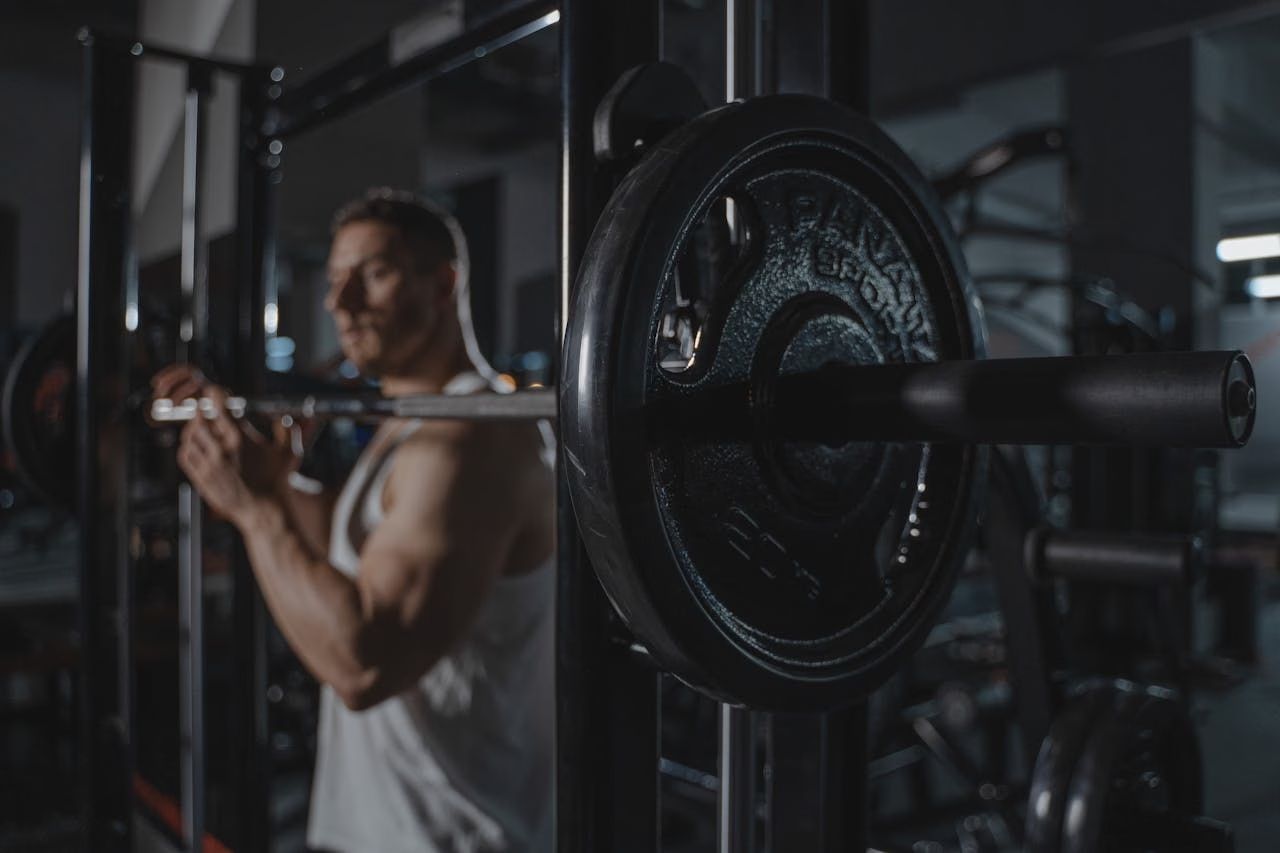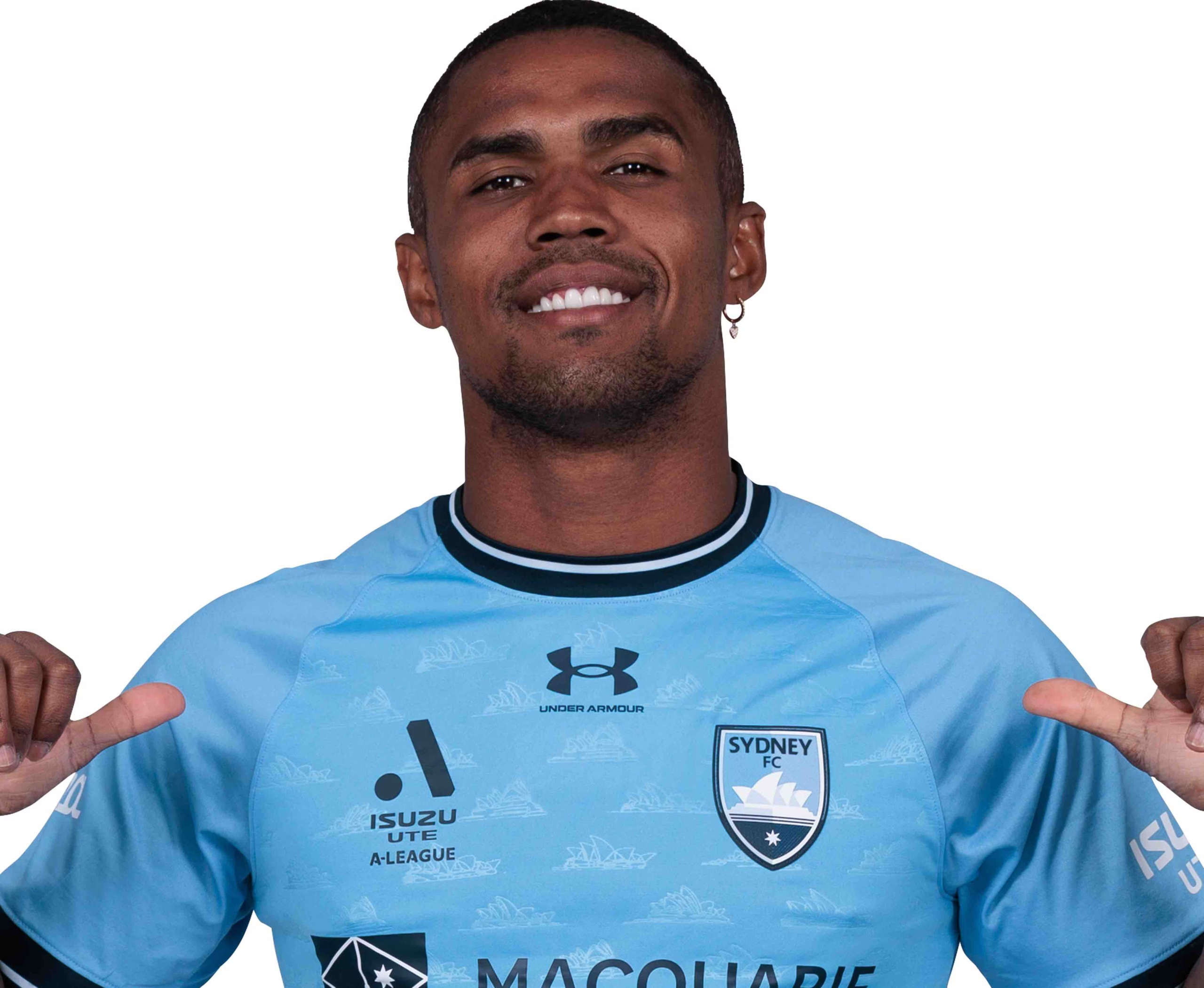Rich Froning needed strength, speed, agility and endurance to win the 2011 Reebok CrossFit Games. Follow his training plan and you’ll develop the functional fitness to conquer any workout, any time.
When Rich Froning arrived at the 2011 Reebok CrossFit Games — an international competition to find “the fittest person on Earth”, which was held in Los Angeles in July — he was feeling pretty close to invincible. The then 24-year-old from Tennessee squated 184kg, deadlifts 231kg, runs 5km in 20 minutes and can hammer out 75 consecutive pull-ups. His body was ready for anything — and it needed to be.
“I had trained five times a day for a year for this event, but the first workout still surprised me,” said Froning, citing the 210m ocean swim, 1500m beach run, 50 pull-ups, 100 push-ups, 200 squats, and second 1500m beach run that constituted the first workout challenge. “I didn’t want to get attacked by sharks and drown, so I just hung at the back during the swim. Then I did the first run too hard, so by the second one I was pretty beat up.”

Preparing for the unknown is central to the philosophy of CrossFit, the full-body training regimen on which the annual CrossFit Games is based. Devised by ex-gymnast Greg Glassman, CrossFit is designed to develop broad, universal and functional fitness. Followers such as Froning train by executing a constantly varying, high-intensity 15- to 20-minute “Workout of the Day” (WOD) that combines weightlifting, powerlifting, gymnastics, kettlebells, sprints, and plyometrics to promote 10 core elements of fitness: cardiovascular endurance, strength, speed, agility, flexibility, stamina, power, coordination, balance and accuracy. As a result, CrossFit athletes are theoretically primed for any physical challenge, and the annual CrossFit Games winner has a strong claim to being the fittest man on Earth.
All-rounder
“CrossFit teaches you to do every aspect of fitness well,” says Froning, who finished first in three of the seven workouts on his way to the title. “When I train, I don’t specialise in one area. You don’t want to be too heavy in one area such as weightlifting, as it draws from another area such as speed, so I train with lots of diverse skills as well as lifting heavy stuff.”
The first CrossFit Games, dubbed “the Woodstock of Fitness”, was held in 2007 at a family ranch in California with 70 competitors and 150 spectators. Workouts were drawn at random from a peanut roaster and there was a cash prize of $500. This year, 26,000 competitors from around the world competed in the open stage by recording workouts at CrossFit gyms or posting videos online, before the top athletes battled through
17 regional stages to become one of the 50 men and women who would compete for $250,000 at LA’s Home Depot Center stadium in front of thousands of fans. “This is a huge leap from last year,” says Uli Becker, president of sponsor Reebok. “It has drama, camaraderie and inspiration. I believe this event can be the Olympics of the future, the American Idol for sport or a fitness version of the X Games.”
Triple threat
Over the three-day event, competitors tackled three punishing circuits a day, which included exercises as diverse as wall ball slams, squats, softball throws, handstand press-ups, rope climbs and a brutal handstand walk. Froning managed an incredible 45 metres in the latter.
“To get all-round fitness, you need volume and variation in your training,” says Froning. “For strength training, I follow Jim Wendler’s 5-3-1 program, which uses different percentages of your one-rep max with rep sequences of five, three and one.
“I do shoulder presses on Monday, deadlifts on Tuesday, close-grip bench presses on Wednesday, weighted pull-ups on Thursday and squats on Friday. I then do intensive CrossFit WODs before or after my strength session — sometimes five a day. That volume means when people start fading, I can keep going.”
“I had trained five times a day for a year for this event, but the first workout still surprised me.”
Froning’s favourite CrossFit WODs include muscle-ups (a combination of pull-up and dip, performed on gymnastics rings) and barbell snatches. He uses supersets of heavy kettlebell holds and pull-ups to improve his grip strength and likes to “adapt on the fly” by introducing sled pulls, football throws or (not an option in Australia) firing handguns. “In Tennessee, that’s OK,” he laughs. Froning ruthlessly targeted his weaknesses in training. Last year, he couldn’t climb ropes and finished second. “That climb incident was a heartbreaker, so I climbed a rope every day for five months to shut people up,” he says.
Diet plan
Froning does have one weakness: his nutrition. Most CrossFit athletes follow a Paleo diet or The Zone, which means eating a 4:3:3 ratio of carbohydrates, proteins and fats, but Froning is more relaxed.

“During the day, I just eat peanut butter and milk, which gives me protein and fat, and also Progenex protein shakes. I eat most food in the evening — steak and chicken, with frozen vegetables and maybe a sweet potato,” he says.
He is more scientific in his competitive tactics, though. He warmed up with scaled-down versions of the set workout, rolled out muscle tension using a PVC pipe and carefully preserved his energy. “I’d always walk or move the shortest distance possible to not waste energy,” he says.
It seems every competitor prepared for the Games differently. Matt Chan, who won the swim event, trained with six to eight CrossFit workouts a week and joined a gymnastics class to improve his flexibility. “I train between 1pm and 3pm when my body works best,” he says. Austin Malleolo, who finished with the best score in the regional competition, tackled two circuits a day — one strength and one metabolic conditioning. Tuomas Vainio, who ended up as the highest-placed European athlete, performed rowing or running in the morning and saved heavy lifts for the afternoon. “I often follow heavy lift work with a heavy circuit that includes the very movement I just practised to really work my muscles,” he says.
Mental toughness, however, was the quality shared by all at the Games. “You have to be in the right mindset to go back and face more agony,” explains Chan. The workouts were brutal. Vainio shredded his hands performing monkey bar swings. “I had to overcome the pain and because my hands were wet with blood, I couldn’t grip the bars, but I battled through,” he says.
Ultimately, Froning proved the toughest. “It was physically demanding and psychologically exhausting,” he says. “I had four hours of sleep a night because of nerves and endorphins, but by pushing myself in training, I knew I could beat whatever was thrown at me.”




